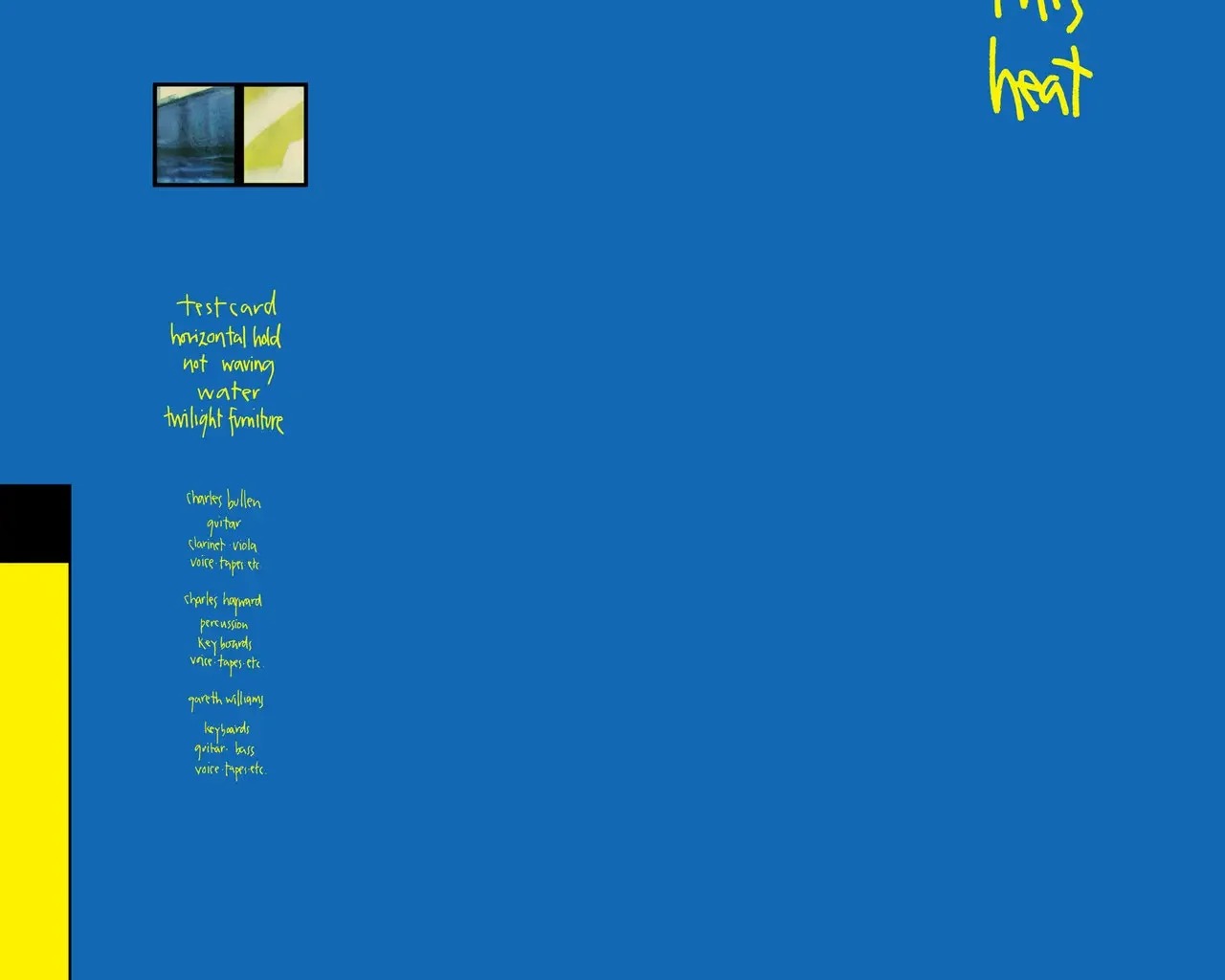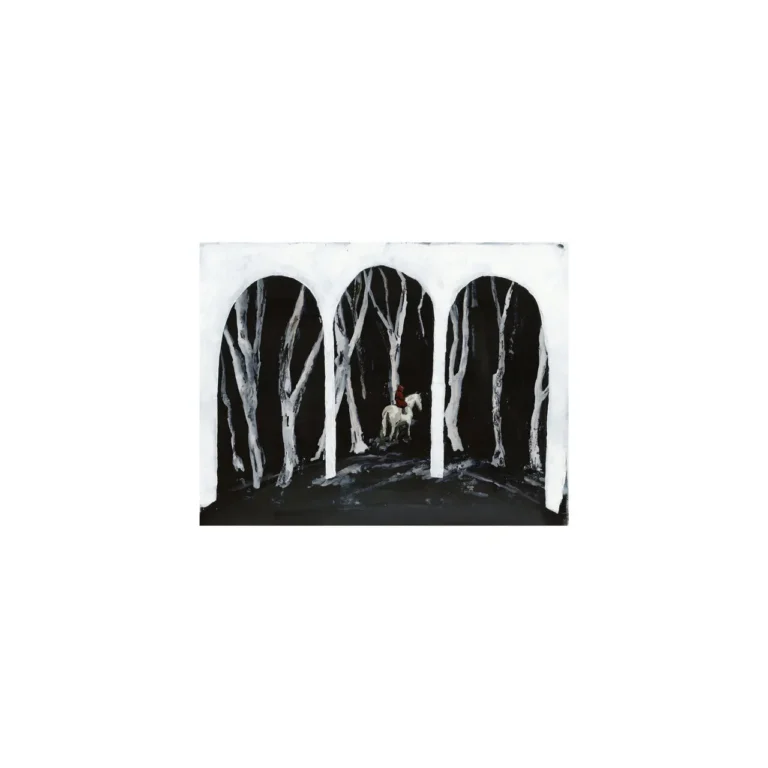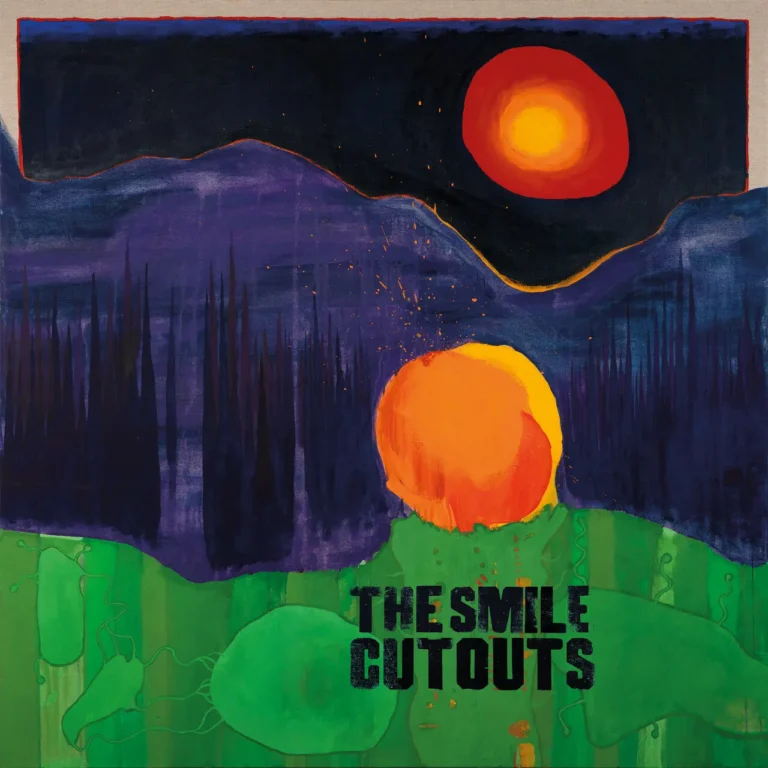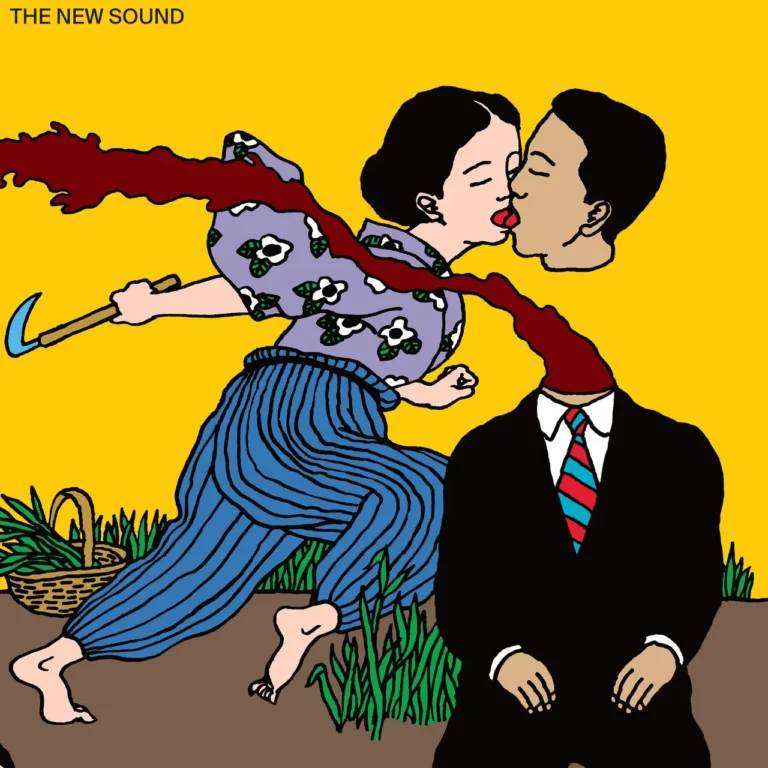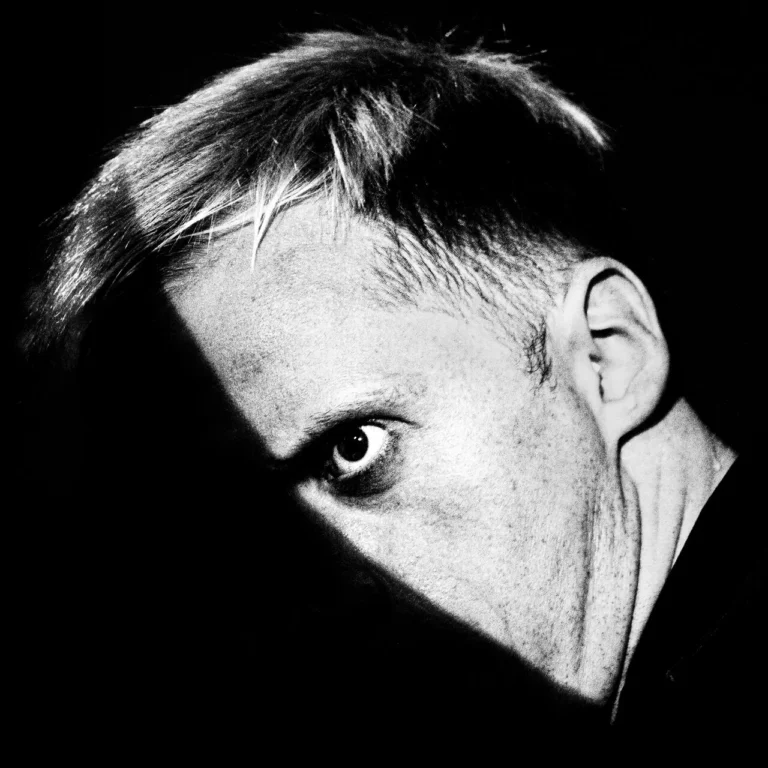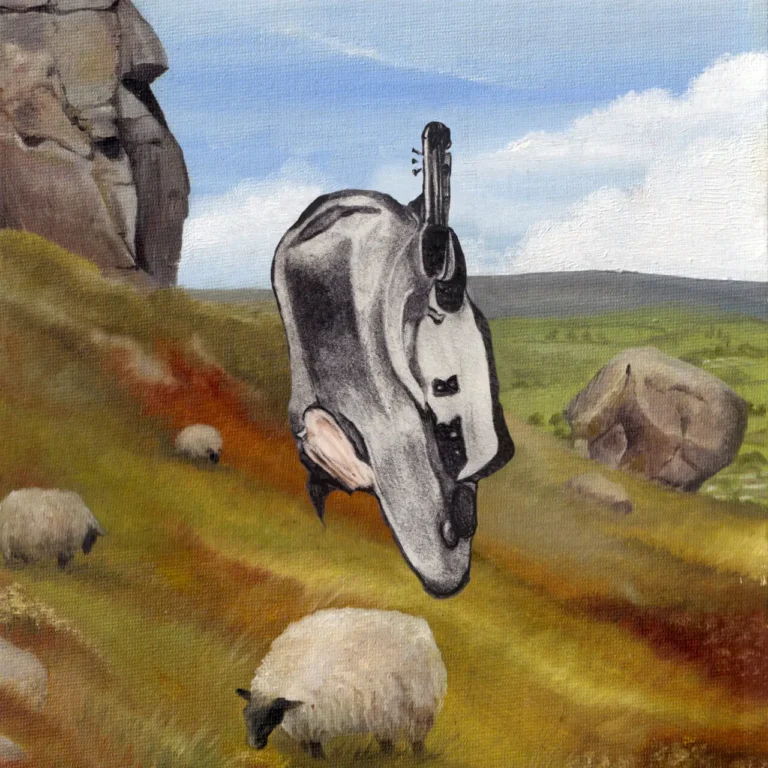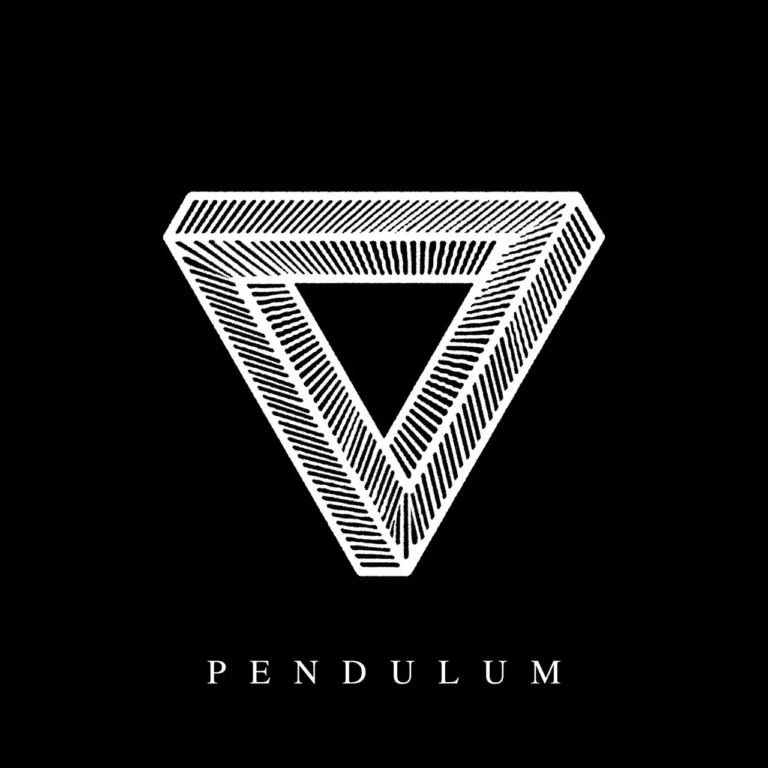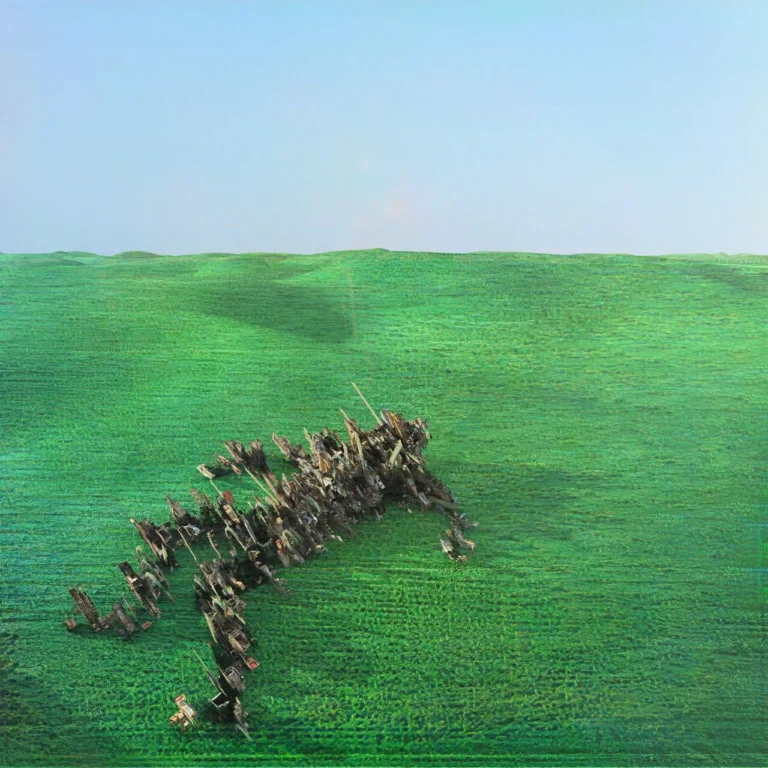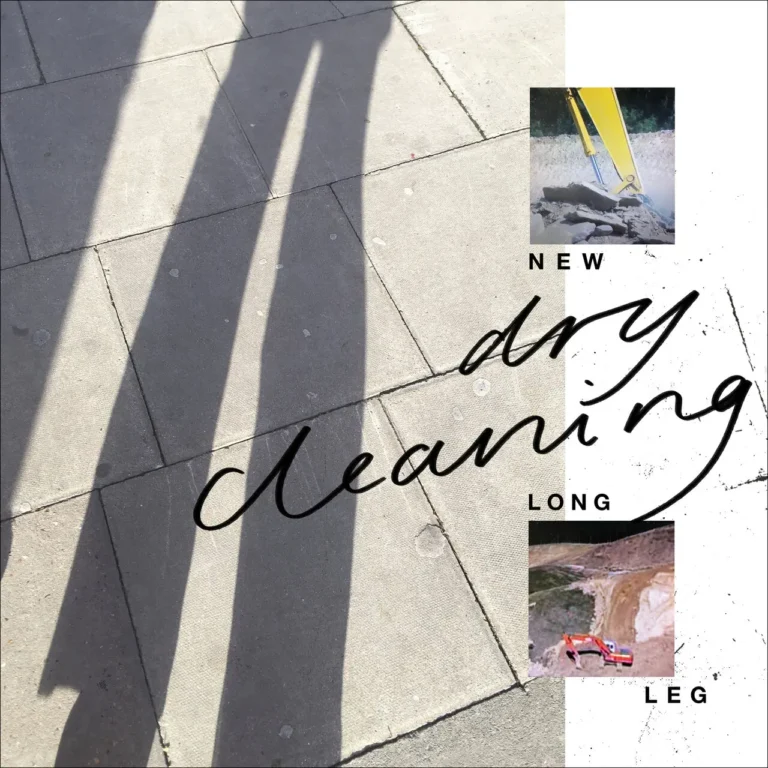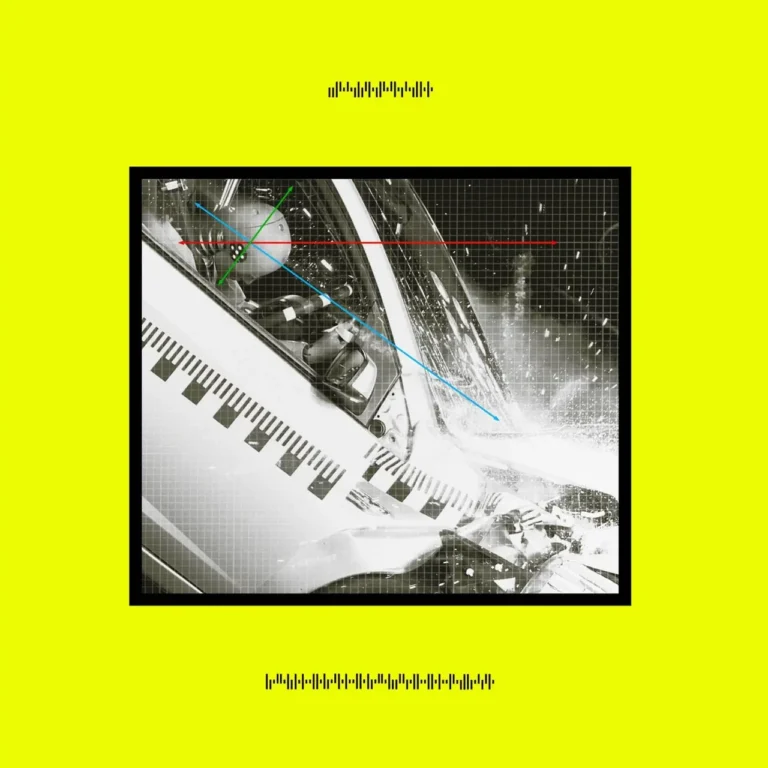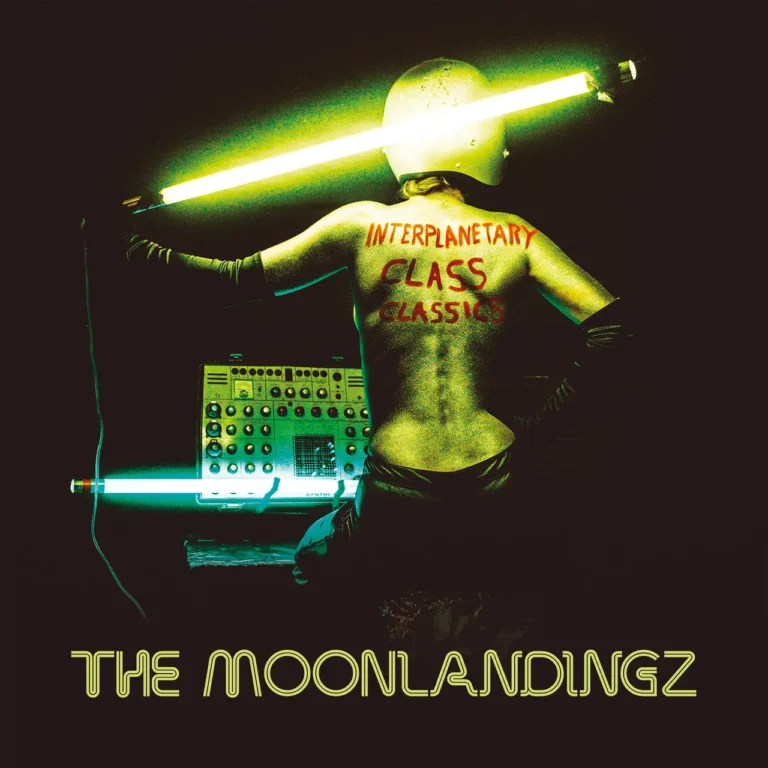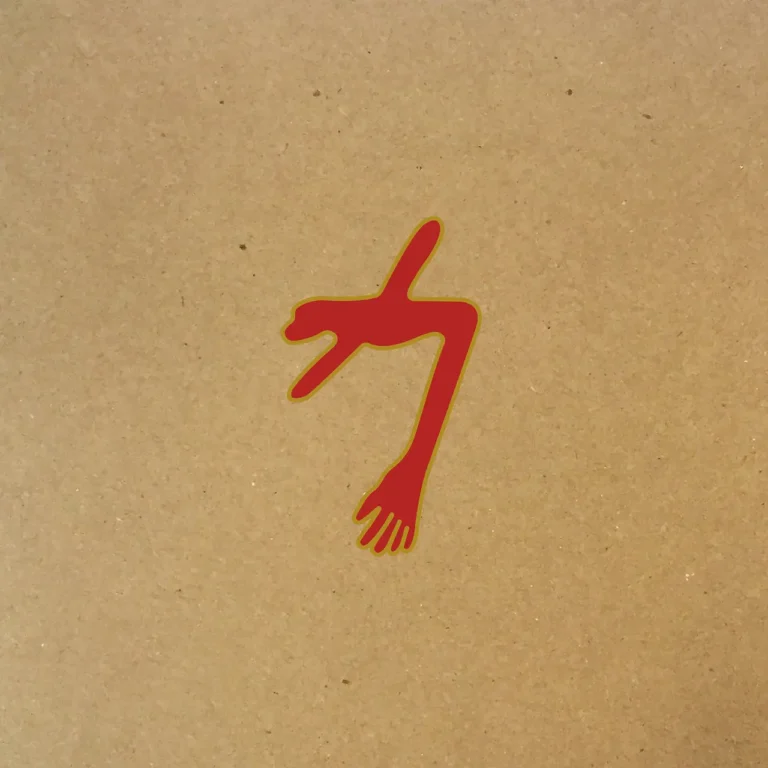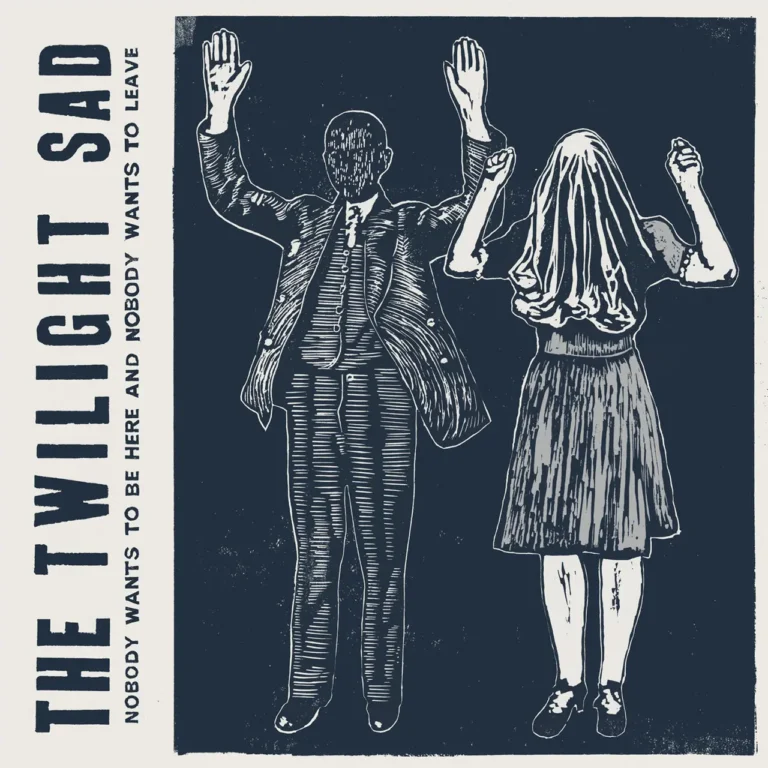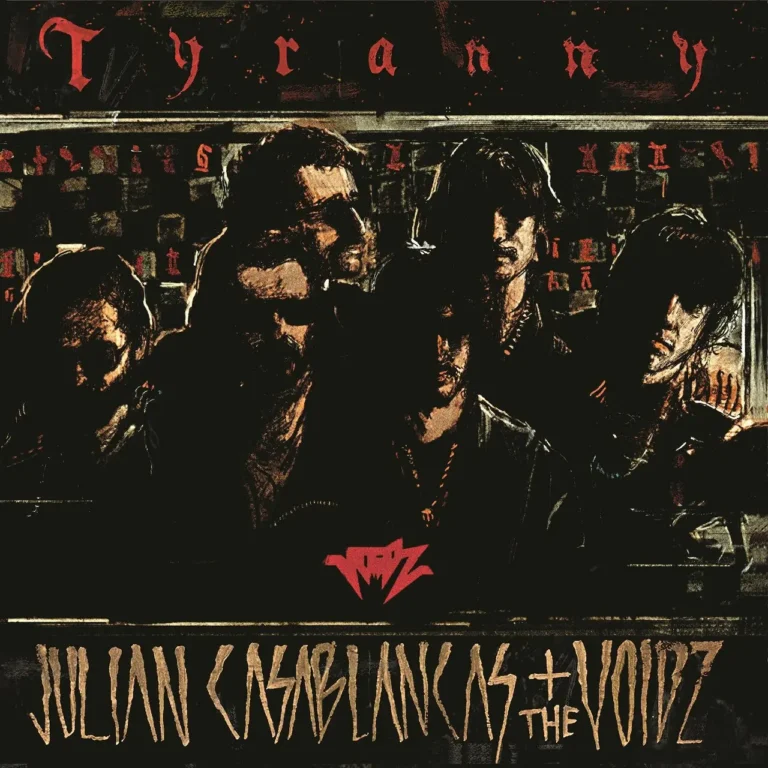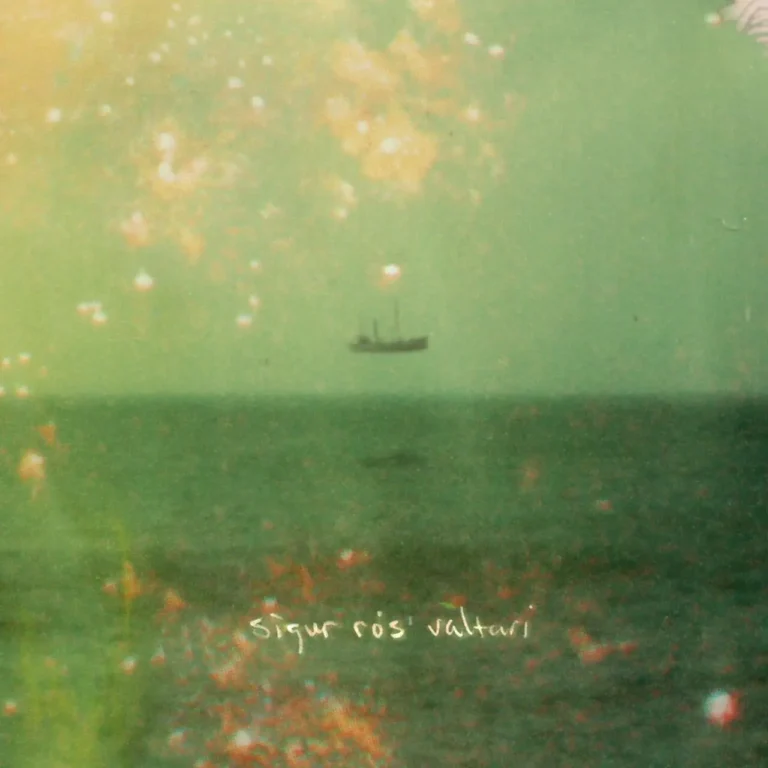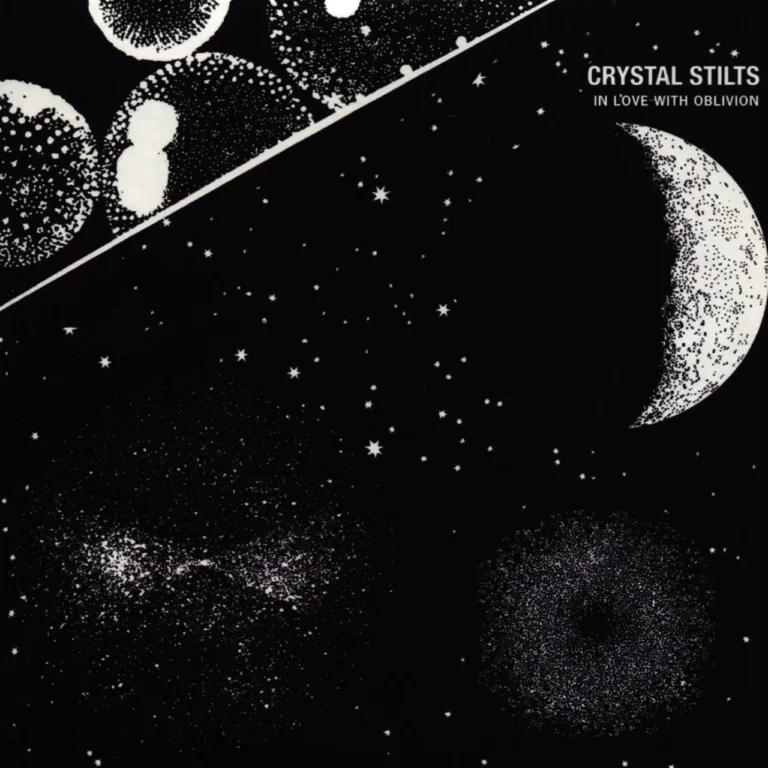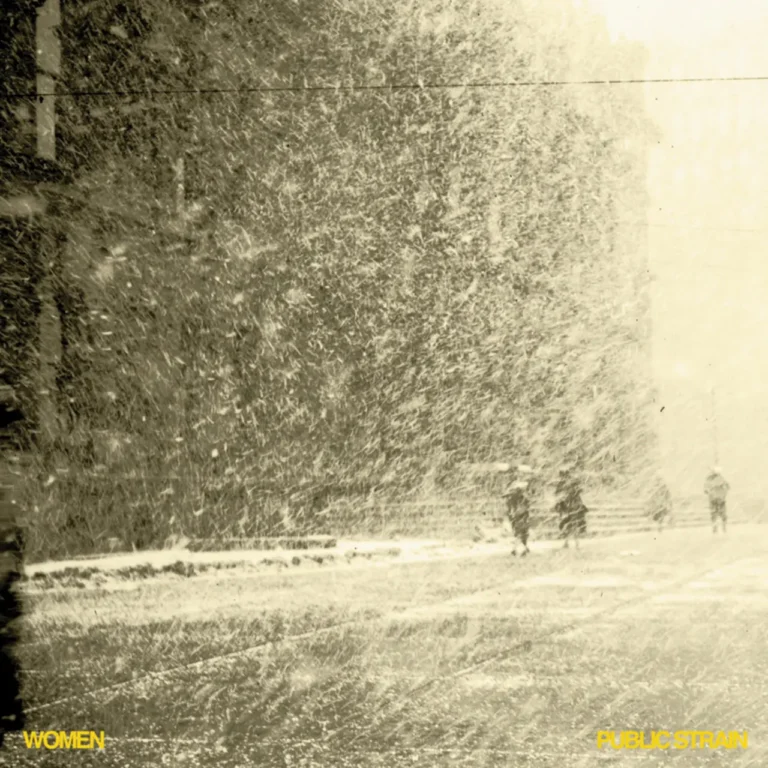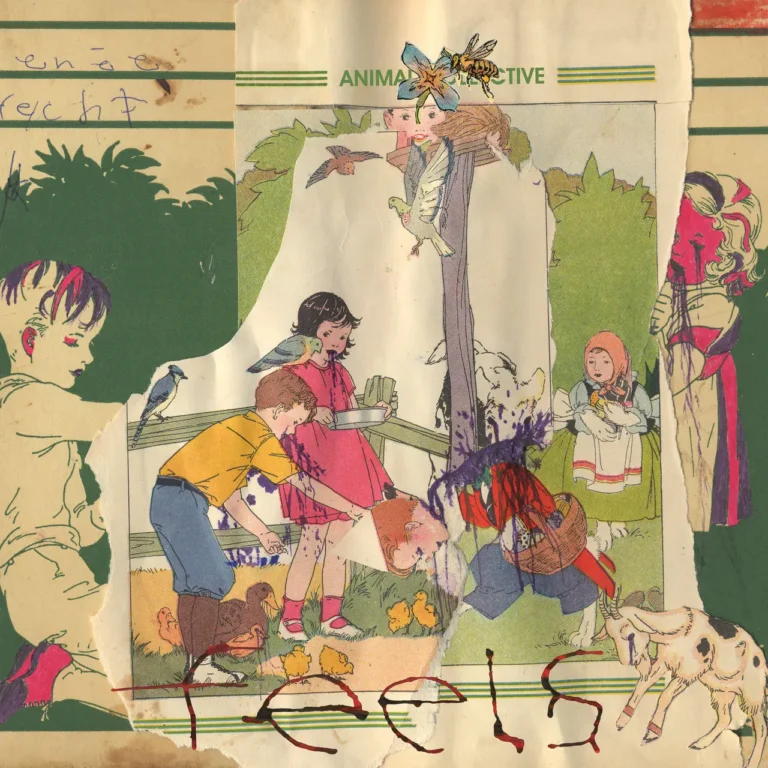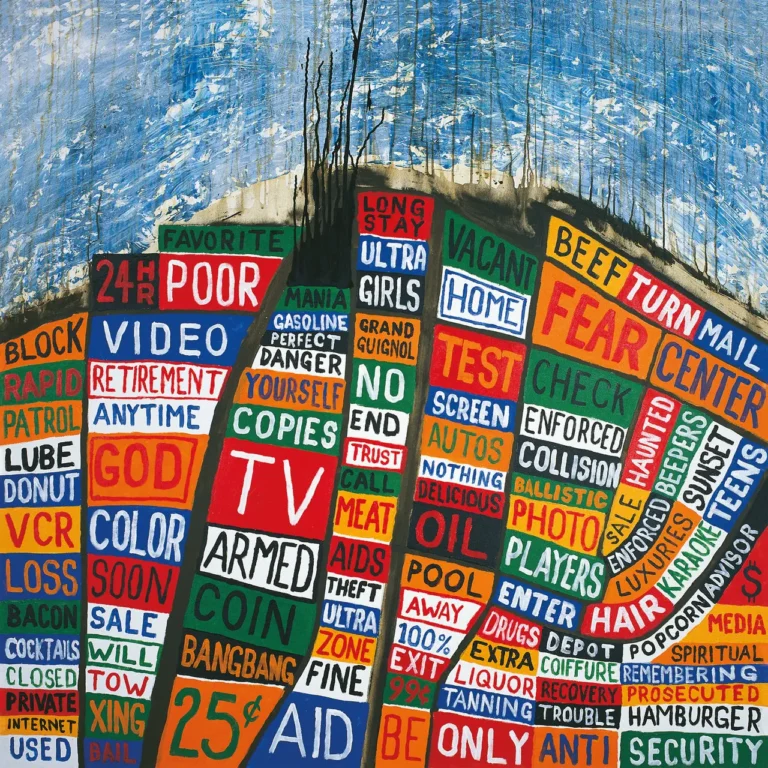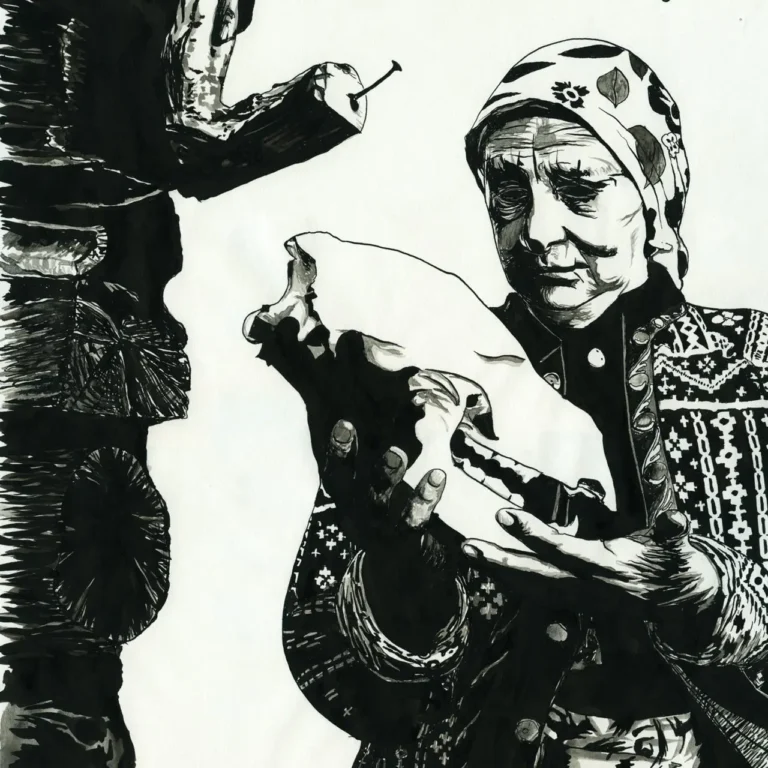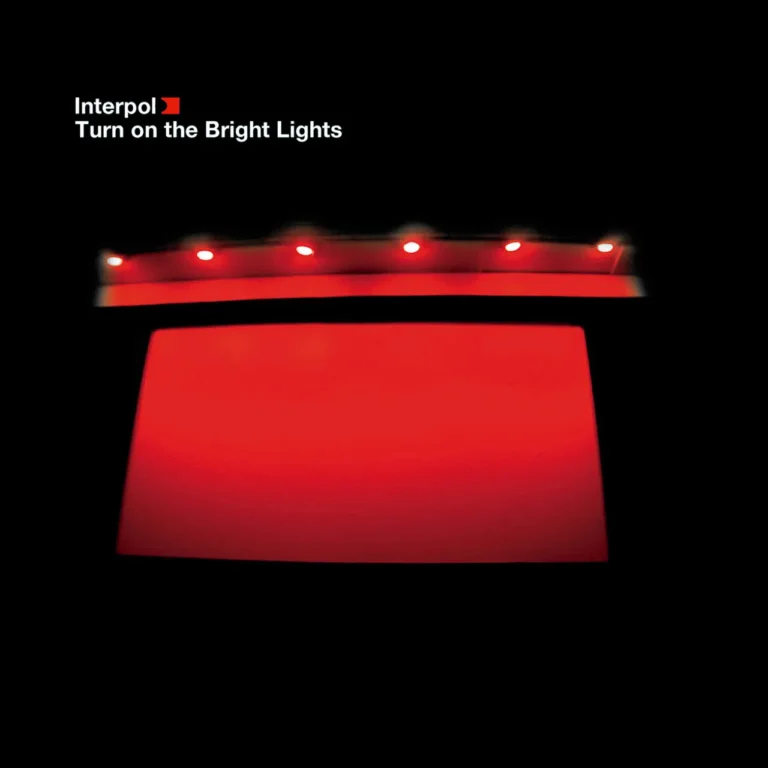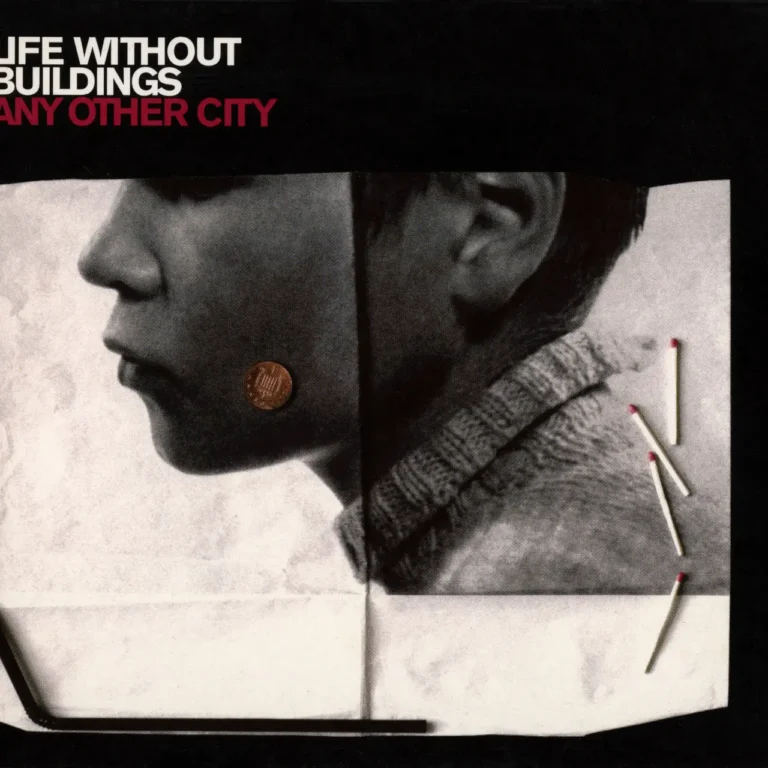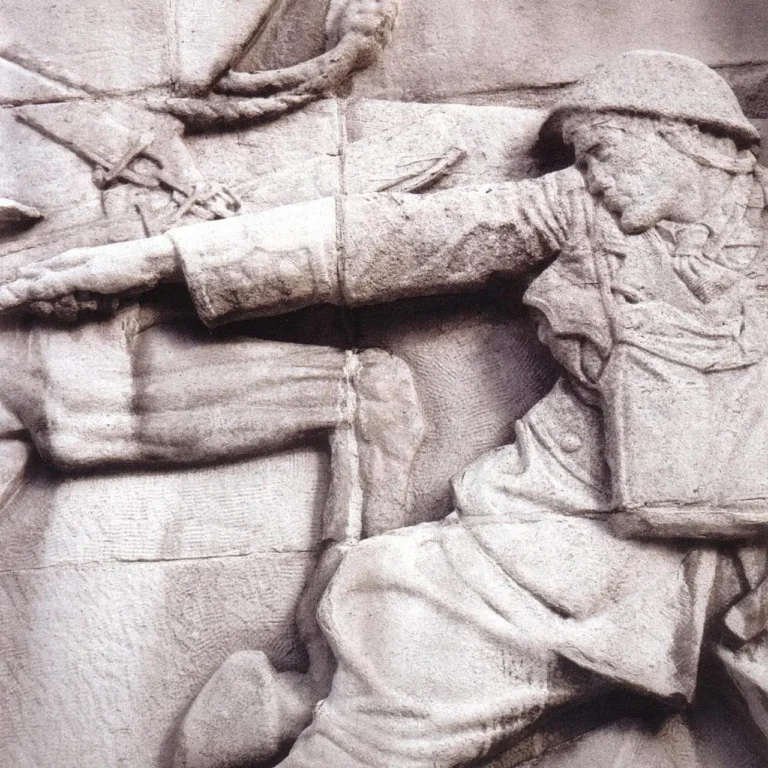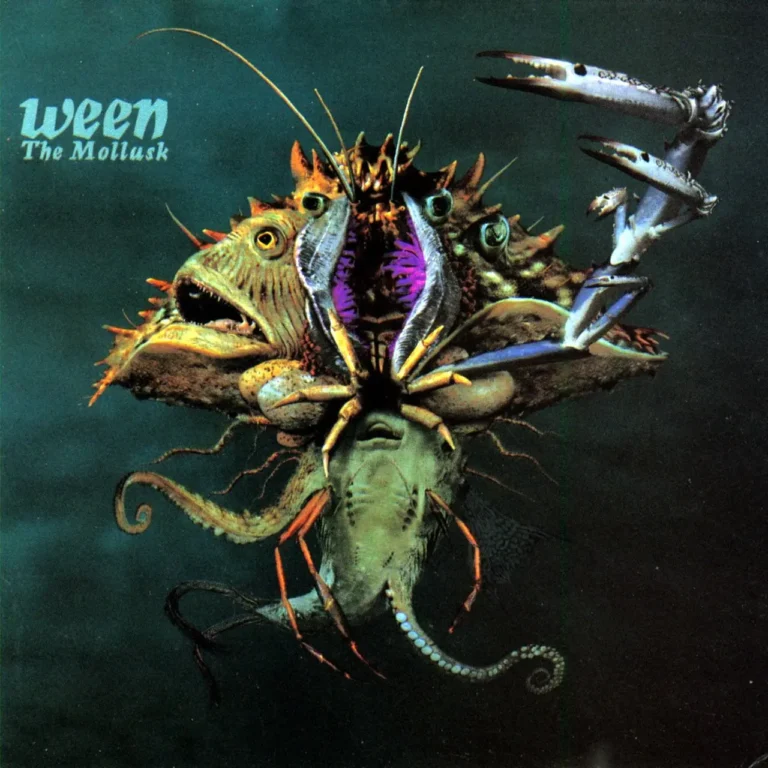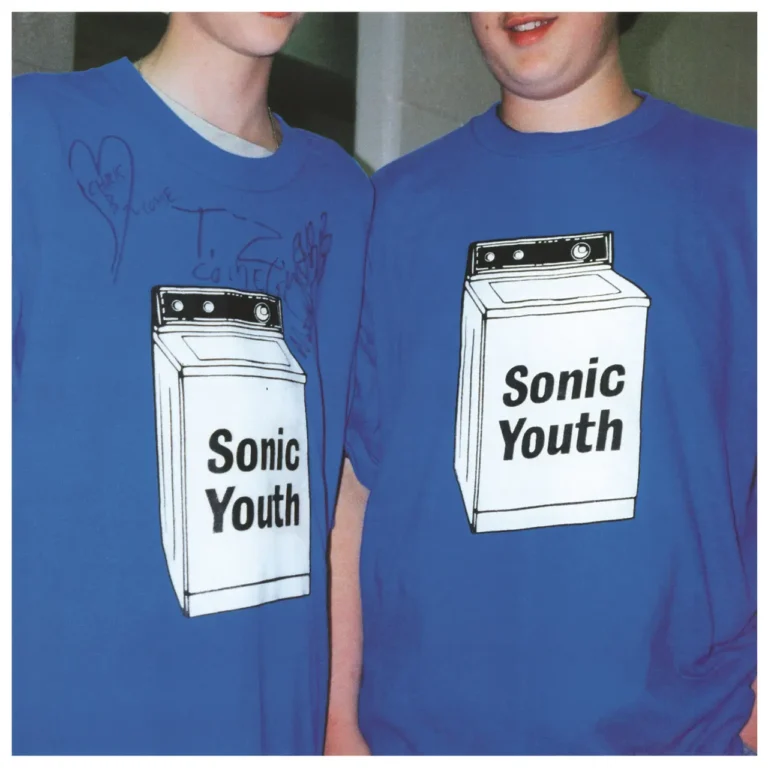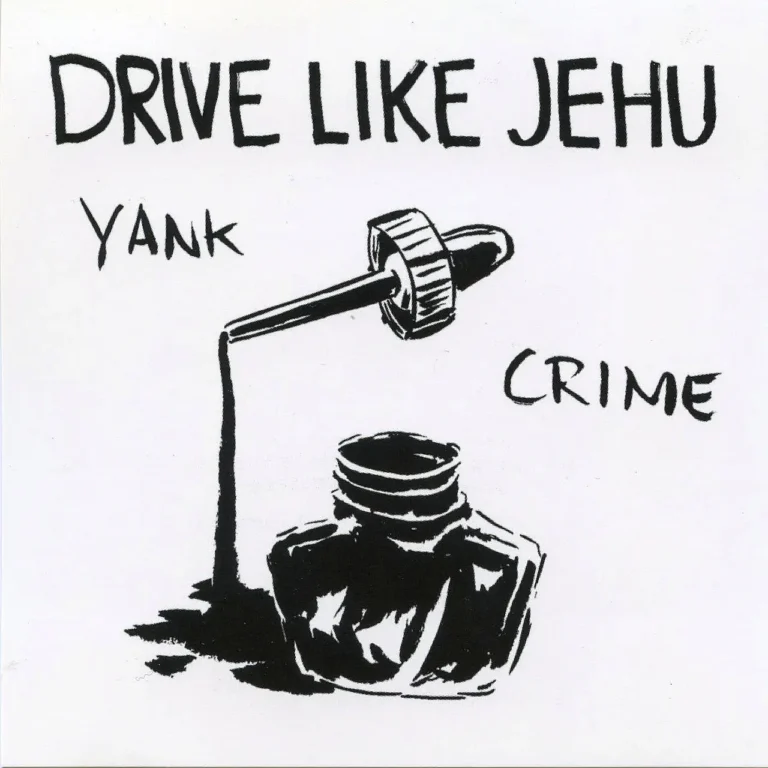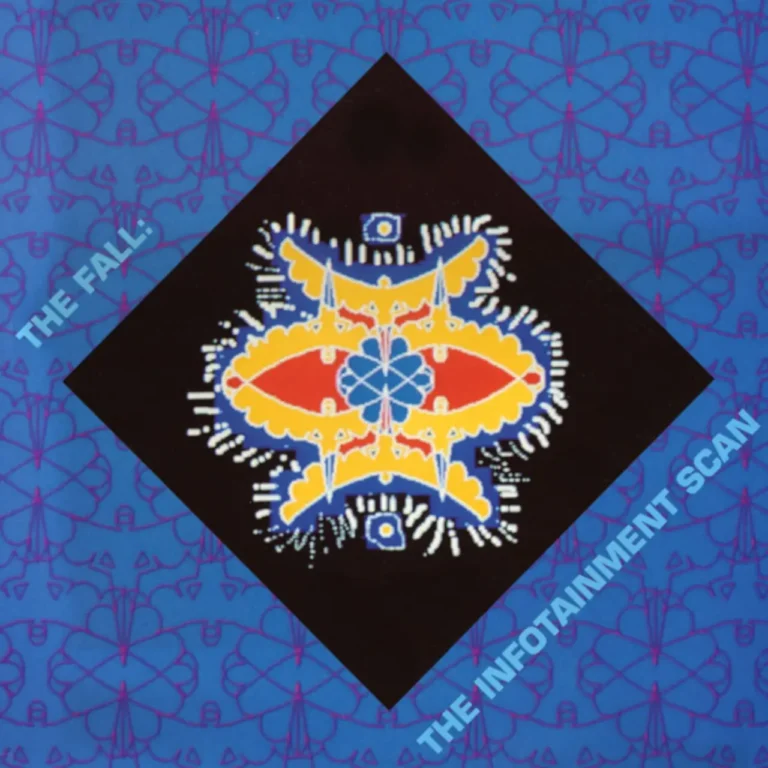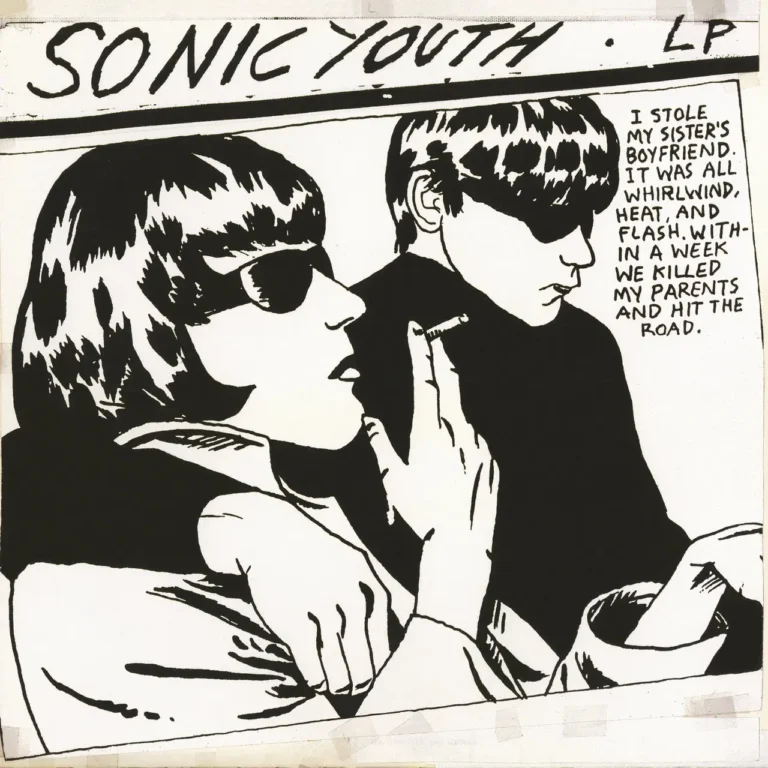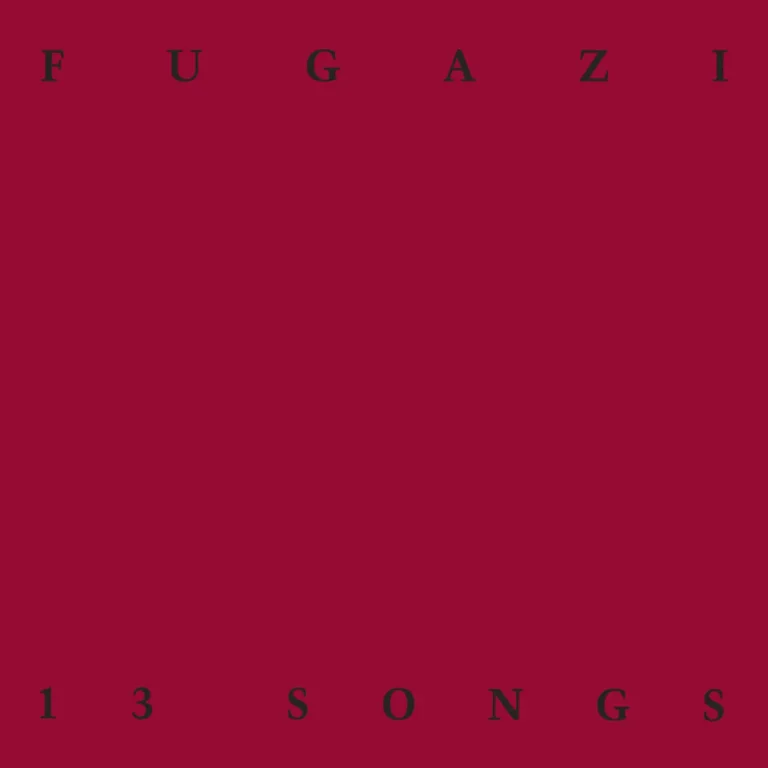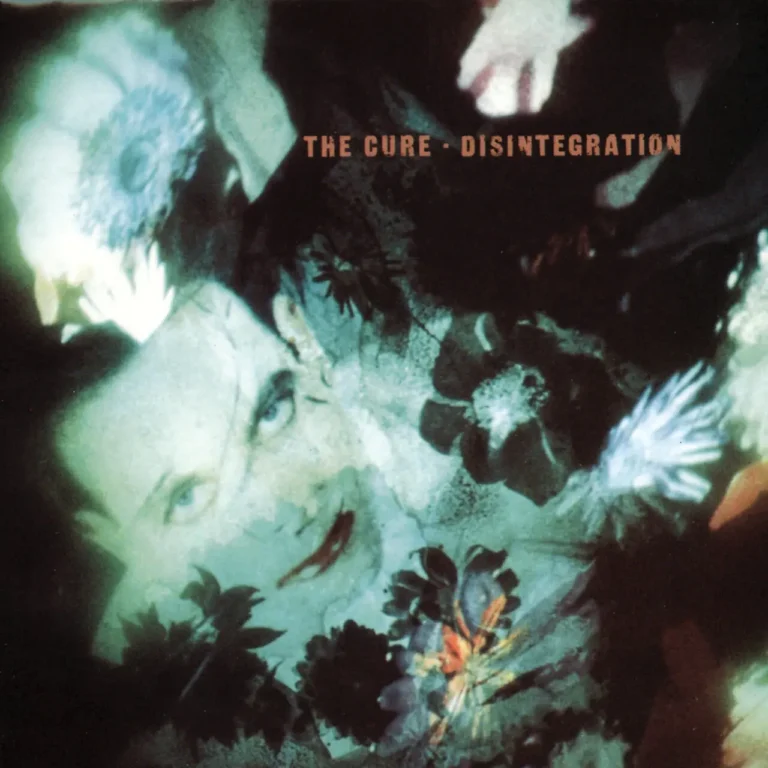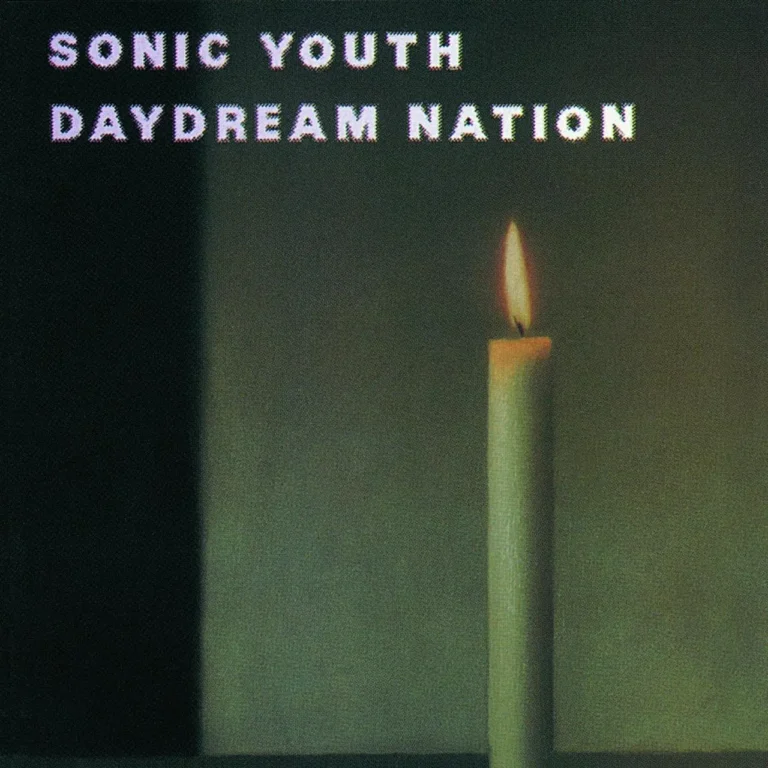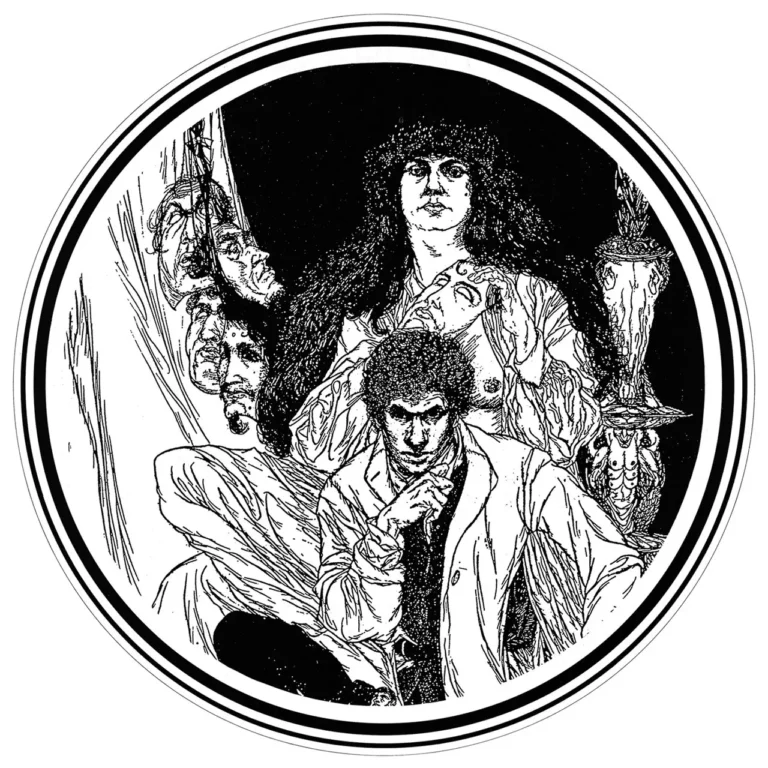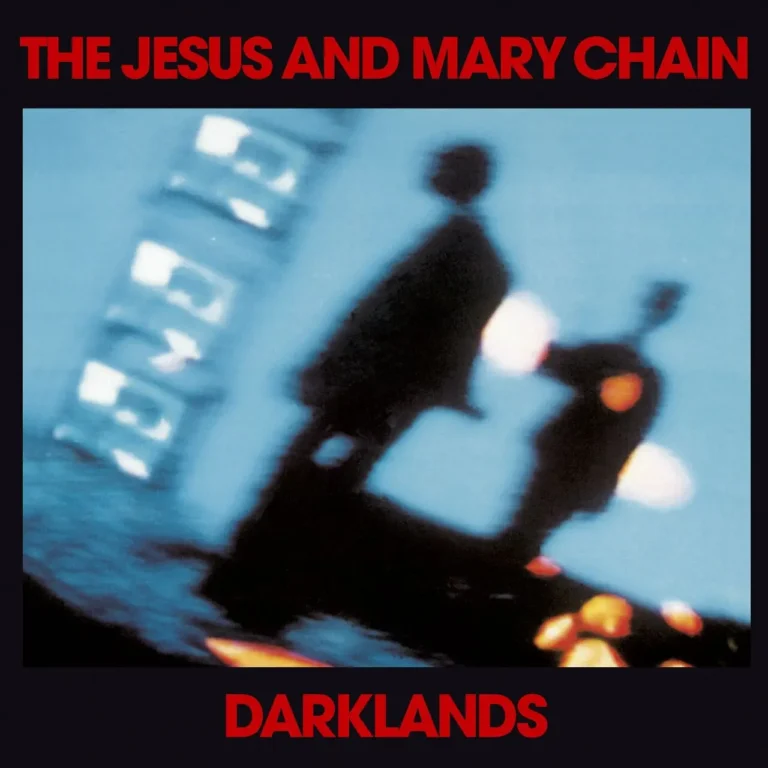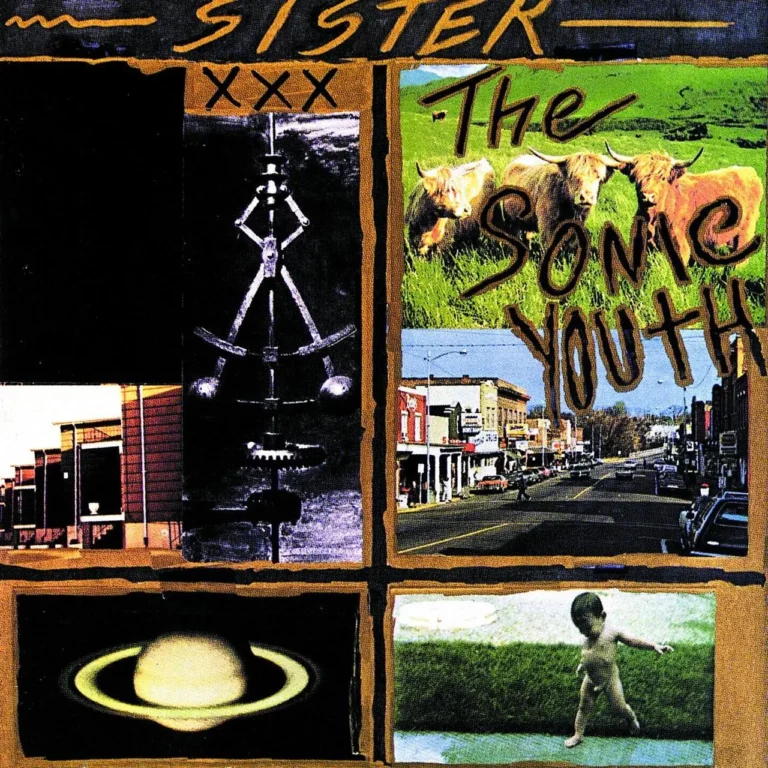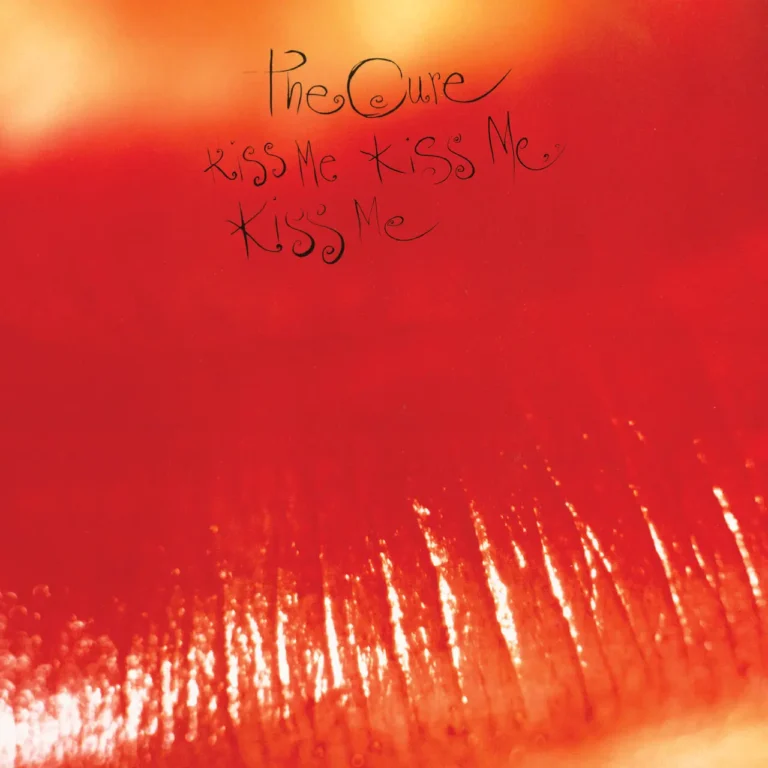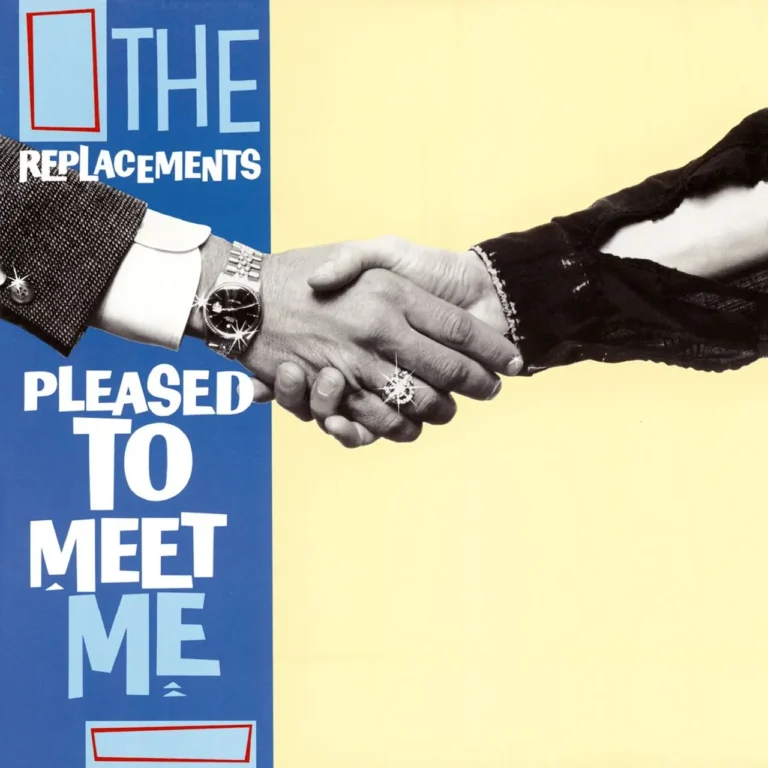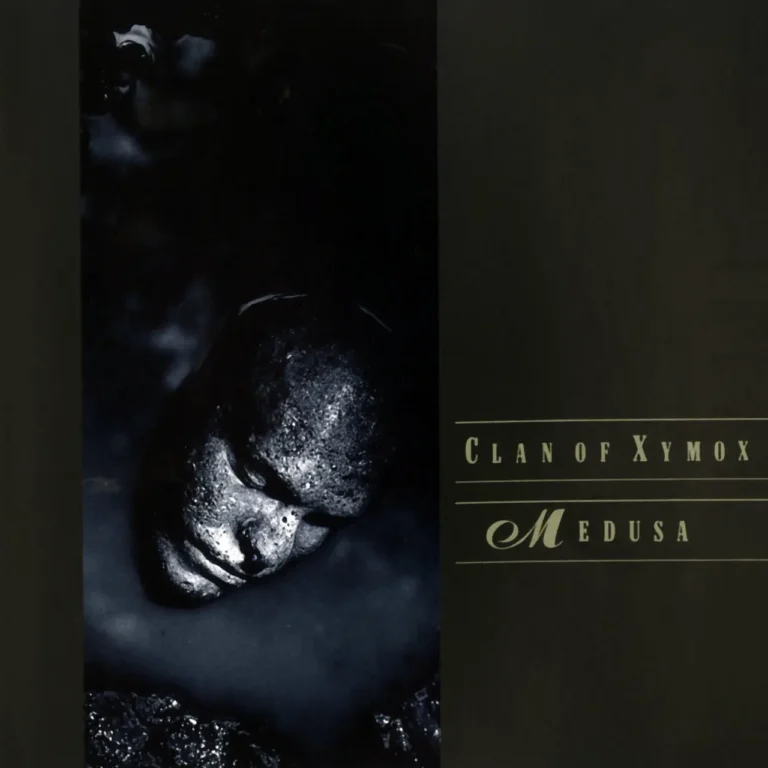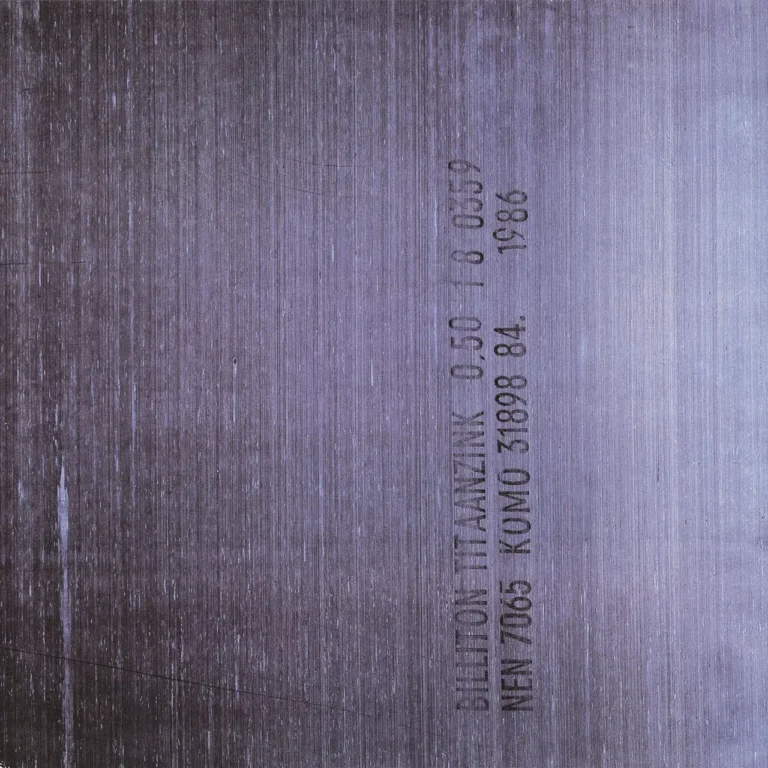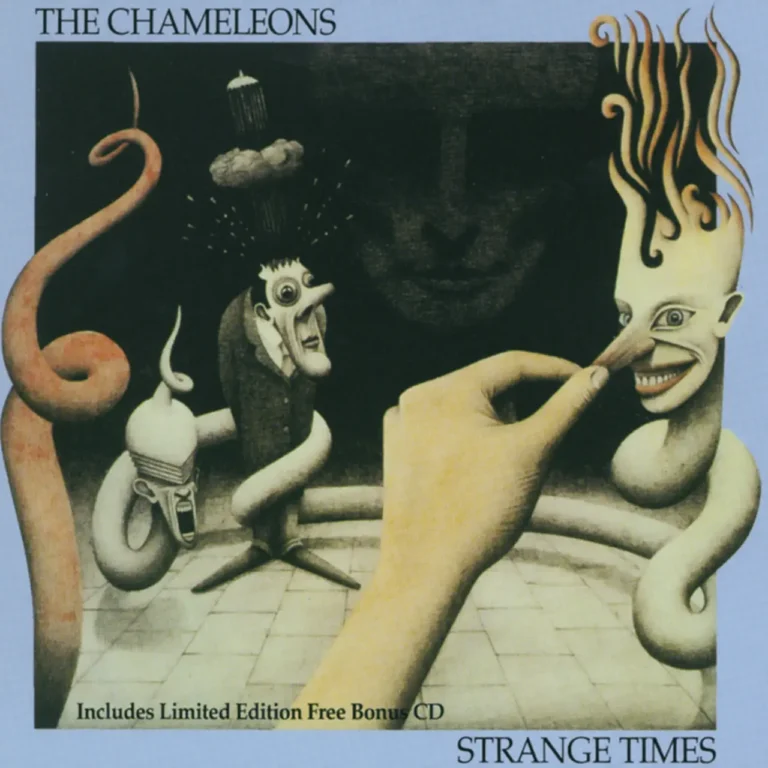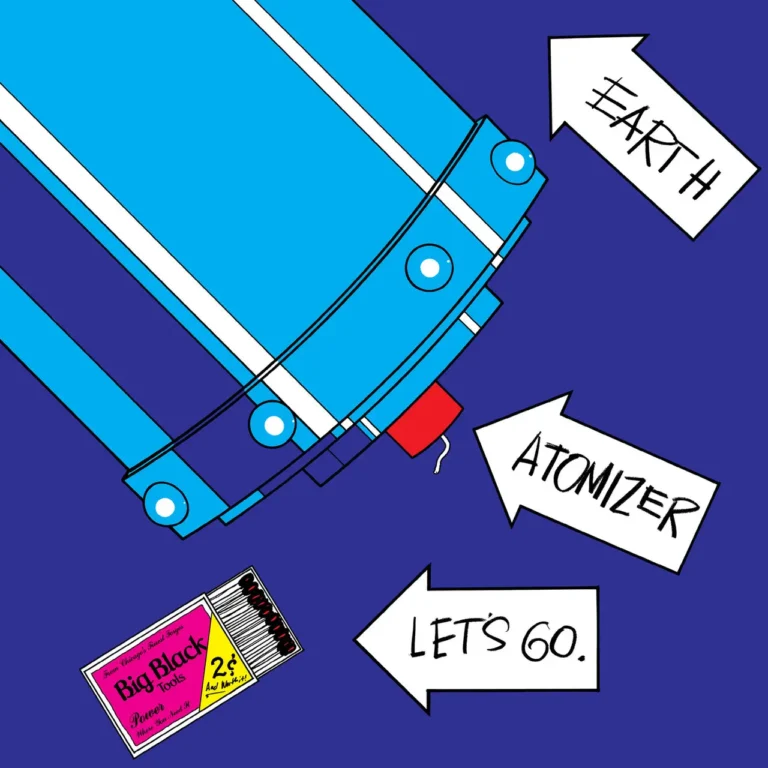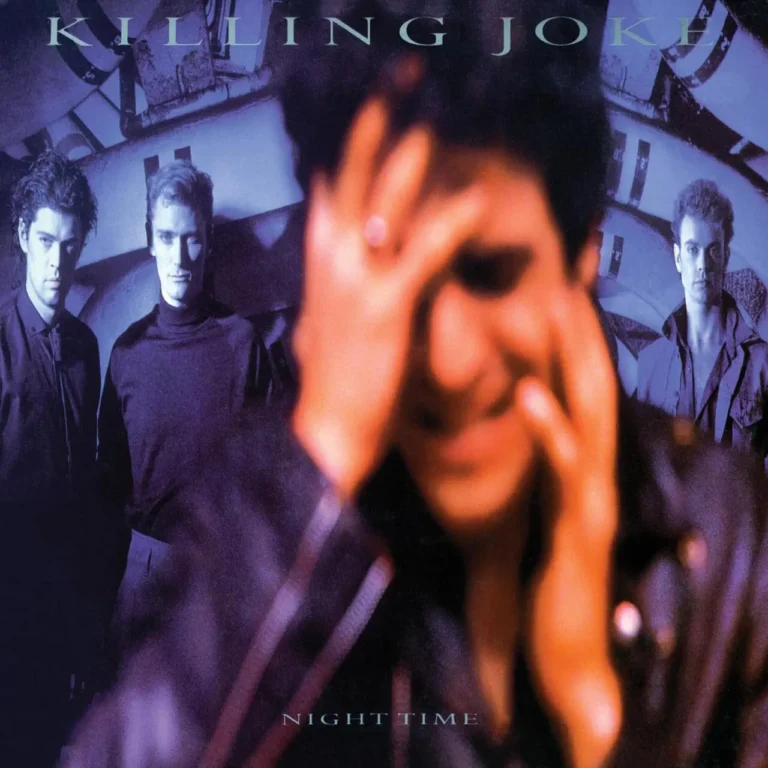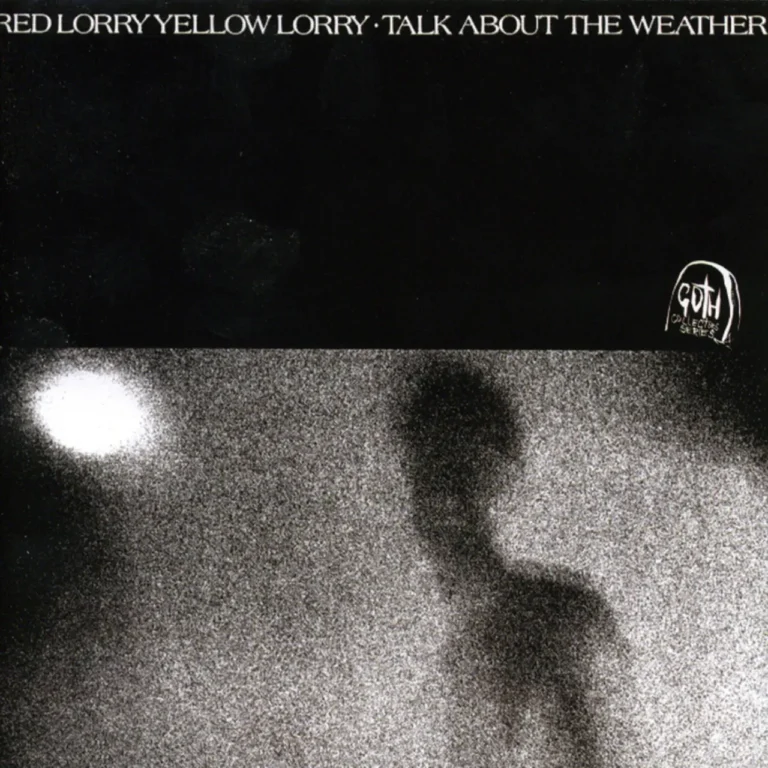"Horizontal Hold" is the explosive second track from This Heat's self-titled debut album, released in 1979. The British trio—Charles Hayward, Charles Bullen, and Gareth Williams—crafted a sound that straddled the lines between post-punk, experimental rock, and proto-industrial, forging a blueprint that influenced much of the experimental music landscape to come12.
Musical Style and Structure
- Rhythm and Texture:
The track is known for its fiercely distorted guitars, rapid hi-hat patterns, and a heavy, doomy groove, underpinned by a raw, almost abrasive lo-fi ambience. This was in part due to the band’s use of unconventional recording environments—a significant portion was captured in an abandoned meat locker, lending a cavernous and gritty character to the sound1. - Start-Stop Dynamics:
The most iconic aspect of "Horizontal Hold" is its abrupt cuts to silence and sudden returns. The band intentionally creates these breaks by simply turning the master fader off and on, turning absence itself into a musical event and adding memorability to the track’s progression1. - Instrumentation:
- Charles Hayward: Drums, vocals
- Charles Bullen: Guitars, various electronics
- Gareth Williams: Keyboards, bass, tape manipulations
Thematic and Contextual Elements
- Technological Allusions:
The title refers to TV broadcast technology—"horizontal hold" was a control to stabilize early analog television images. This fits the band's fascination with transmission, interruption, and the mediation of information in the late 1970s3. - Avant-garde Approach:
The piece uses both dense, almost destructive sonic attacks and sudden lapses into empty space, reflecting the band’s interest in both chaos and silence.
Critical Reception and Legacy
- Innovative Impact:
"Horizontal Hold" is widely recognized as a standout track in This Heat's catalog and a seminal piece of the early post-punk scene. Its combination of heavy, stop-start rhythms, proto-industrial guitar work, and frenetic bass lines prefigured the birth of post-rock and influenced subsequent experimental music movements2. - Cultural Influence:
The song’s techniques—like abrupt sonic interruptions and manipulated tape effects—were innovative for their time and inspired generations of experimental musicians. Multiple critical sources praise the track’s “explosive groove,” deliberate use of silence, and its importance as a "headphone album" that rewards close, engaged listening124.
Notable Performances and Versions
- Studio Recording (1979):
The definitive album version, marked by its lo-fi intensity1. - Peel Session (1977):
A renowned BBC session performance that some fans consider even more appealing due to its raw directness4. - Live Recordings (1980–81):
Live versions showcase This Heat’s ability to translate their sonic experiments to the stage, producing even more visceral and organic results7.
Key Facts
| Aspect | Details |
|---|---|
| Artist | This Heat |
| Released | 1979 (This Heat) |
| Length | ~6:56 (studio version) |
| Genre | Post-punk, experimental, proto-industrial |
| Key Features | Distorted guitars, abrupt silence, start-stop rhythms, tape effects |
| Influences | Broadcast technology, krautrock, industrial, prog32 |
In Summary
"Horizontal Hold" stands as a landmark of post-punk experimentation—a collision of noise, rhythm, silence, and technology. Its daring structure and impactful sound remain influential, showcasing This Heat’s role as restless innovators in underground rock123.
